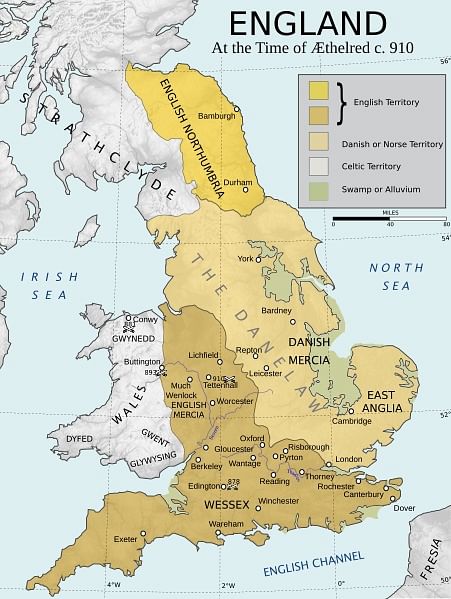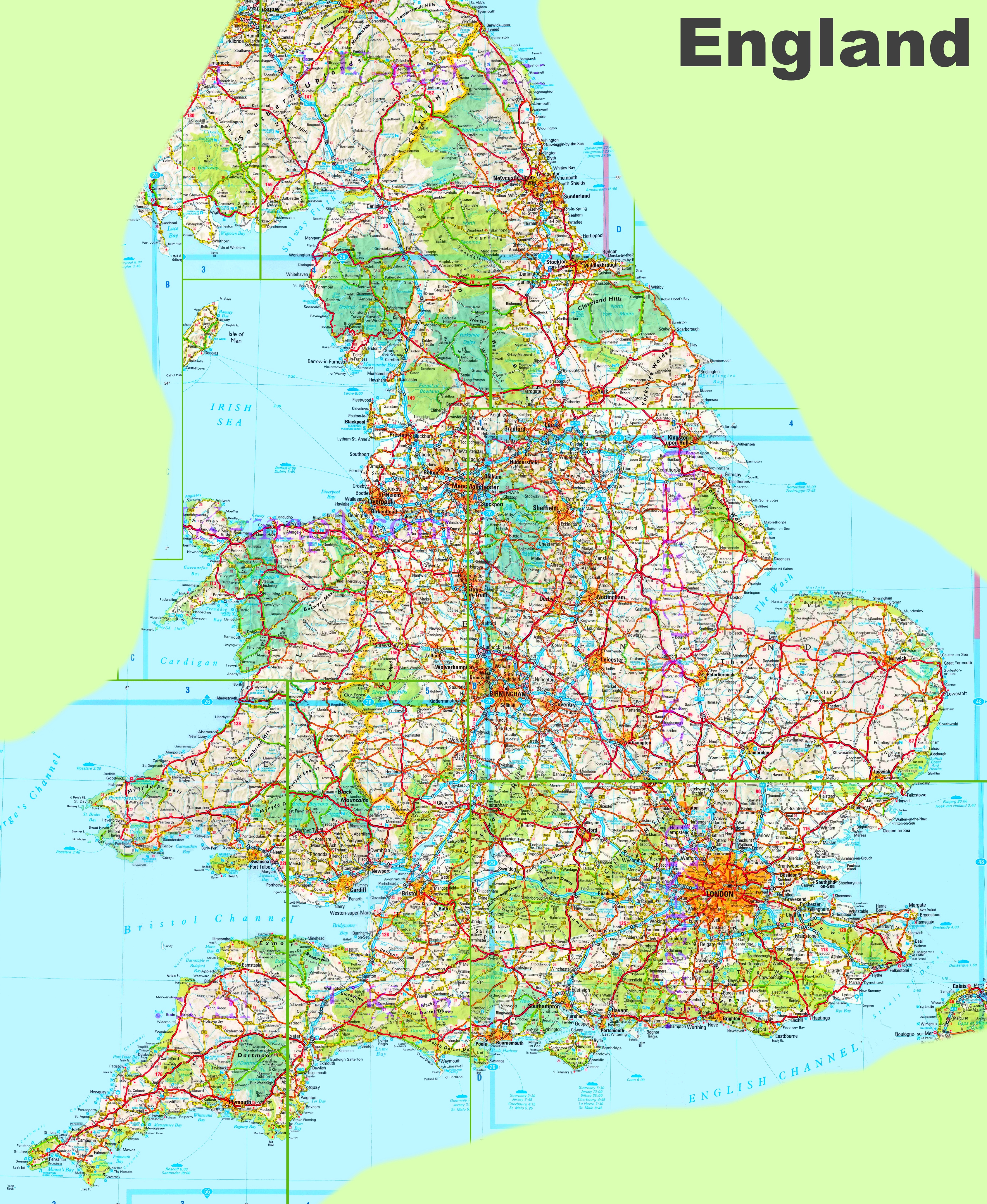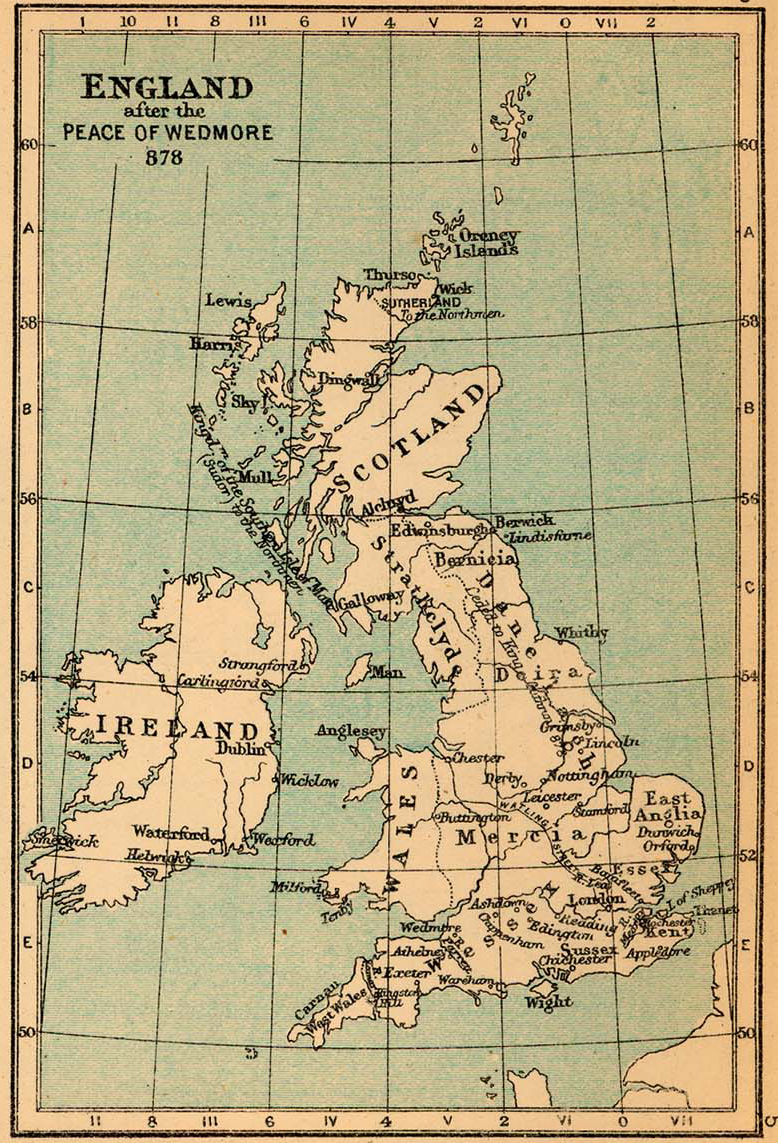Map England 800 Ad. They comprise people from Germanic tribes who migrated to the island from continental Europe, their descendants, and indigenous British groups who adopted some aspects of Anglo-Saxon culture and language. The coronation of Charlemagne represented an irrevocable breach between Constantinople and Rome. Our earliest records of them are little more than highly inventive lists of rulers. What is clear is that the Irish were converted to the new religion in the fifth century, and from the sixth century they began sending missionaries to Scotland (where an Irish tribe, the Scotti, had established a kingdom) and northern England. The Viking conquest of the kingdom of Northumbria had resulted in the fragmentation of this territory north of the Humber. Within these divisions are shown the territories of Galloway.

Map England 800 Ad. The coronation of Charlemagne represented an irrevocable breach between Constantinople and Rome. Pope Leo allowed Charlemagne to clear himself of a series of charges. They comprise people from Germanic tribes who migrated to the island from continental Europe, their descendants, and indigenous British groups who adopted some aspects of Anglo-Saxon culture and language. Mercia, whose best-known ruler, Offa, built Offa's Dyke along the border between Wales and England. Important cities of the time are shown with their Saxon names, and several battle sites. This map shows the site of London on the River Thames, the Roman roads in the vicinity, the areas of Hydepark, Westminster, and Moorfields outside the city, and the rivers West Bourne, Fleet, Effra, Lea, and Ravens Bourne. Map England 800 Ad.
Important cities of the time are shown with their Saxon names, and several battle sites.
Pope Leo allowed Charlemagne to clear himself of a series of charges.
Map England 800 Ad. The Viking conquest of the kingdom of Northumbria had resulted in the fragmentation of this territory north of the Humber. They comprise people from Germanic tribes who migrated to the island from continental Europe, their descendants, and indigenous British groups who adopted some aspects of Anglo-Saxon culture and language. They established seven independent kingdoms called 'Heptarchy' (a Greek word which means 'the rule of seven'): Kent, Essex, Sussex, Wessex, East Anglia, Mercia and Northumbria. Mercia, whose best-known ruler, Offa, built Offa's Dyke along the border between Wales and England. There were many groups of Saxons, Angles and Jutes. The map is color-coded to show the territories of Strathclyde, Northumbria, Mercia, East Angles, Kent, Wessex, North Wales, West Wales, and the southern portion of the Picts.
Map England 800 Ad.








